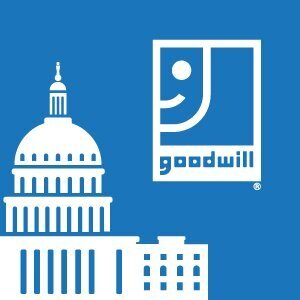 Yesterday, the U.S. House of Representatives agreed to a Senate-passed spending measure that provides temporary funding for the upcoming fiscal year through October 4. Congress must pass another continuing resolution (expected to be good through November 18) before the October 4 deadline.
Yesterday, the U.S. House of Representatives agreed to a Senate-passed spending measure that provides temporary funding for the upcoming fiscal year through October 4. Congress must pass another continuing resolution (expected to be good through November 18) before the October 4 deadline.
The action will temporarily avert a government shutdown, drawing a short sigh of relief from people who run programs supported by federal agencies, including many job training and rehabilitative programs administered by the U.S. Departments of Labor, Health and Human Services (HHS), and Education. But we are far from being out of the woods.
Congress has yet to pass any of its 12 annual spending bills. Rather than passing each measure separately, it will likely take a legislative shortcut by wrapping all the bills into a larger “omnibus” spending bill for passage.
In the recent past, such negotiations have become increasingly contentious. This year, in the midst of these high-stakes negotiations, a Joint Select Committee on Deficit Reduction will be rushing meet a November 23 deadline to produce a plan to cut the deficit by $1.5 trillion over 10 years, starting in FY 2013.
Such short- and long-term uncertainty will make it even more difficult during these difficult economic times for community-based organizations like Goodwill to develop and implement sustainable strategies that help people with employment challenges find jobs and advance in their careers.
While Goodwill’s self-sustaining social enterprise generates the bulk of the funds Goodwill invests in the communities it serves nationwide, federal funds:
- Leverage programs that local Goodwill agencies operate
- Stimulate innovative advancements in Goodwill’s delivery of services
- Support partners in communities that provide key employment and supportive services that improve employment outcomes for the people that Goodwill serves
In 2010 for example, funding for vocational rehabilitation programs, job training, and other programs and supports helped Goodwill to provide workforce development services to 2.4 million people, including 240,000 people with disabilities. Such services include intake/eligibility; work assessment/evaluation; job readiness/soft-skills training/work adjustment; occupational skills training; on-the-job training (both inside and outside of Goodwill); intensive placement services sessions; supported employment and e-learning, among others.
Reducing the deficit is a serious issue that will require all to make sacrifices to address the nation’s financial problems. As policymakers scrutinize spending on programs, Goodwill urges them to signal long-term commitment to investments that support strong public and private partnerships that help millions of people who need employment services, job training and other supports. These services and supports will allow them to re-enter the economic pipeline and prepare them to contribute to a stronger economy by being part of America’s workforce, one of the most competitive in the world.



